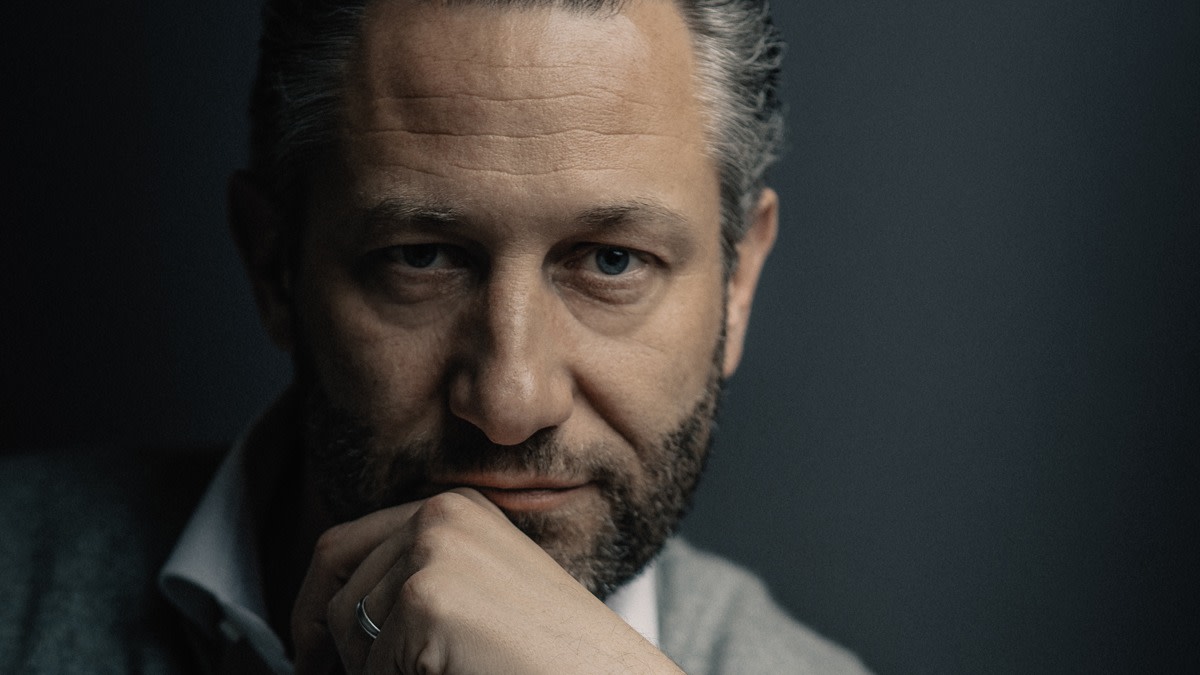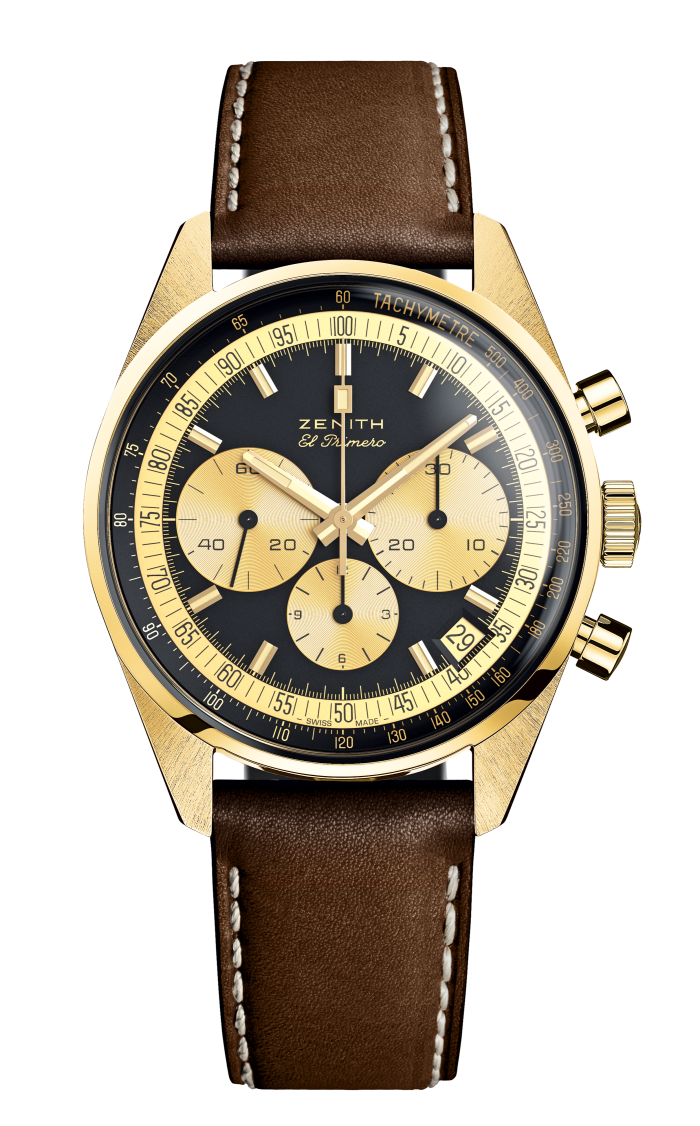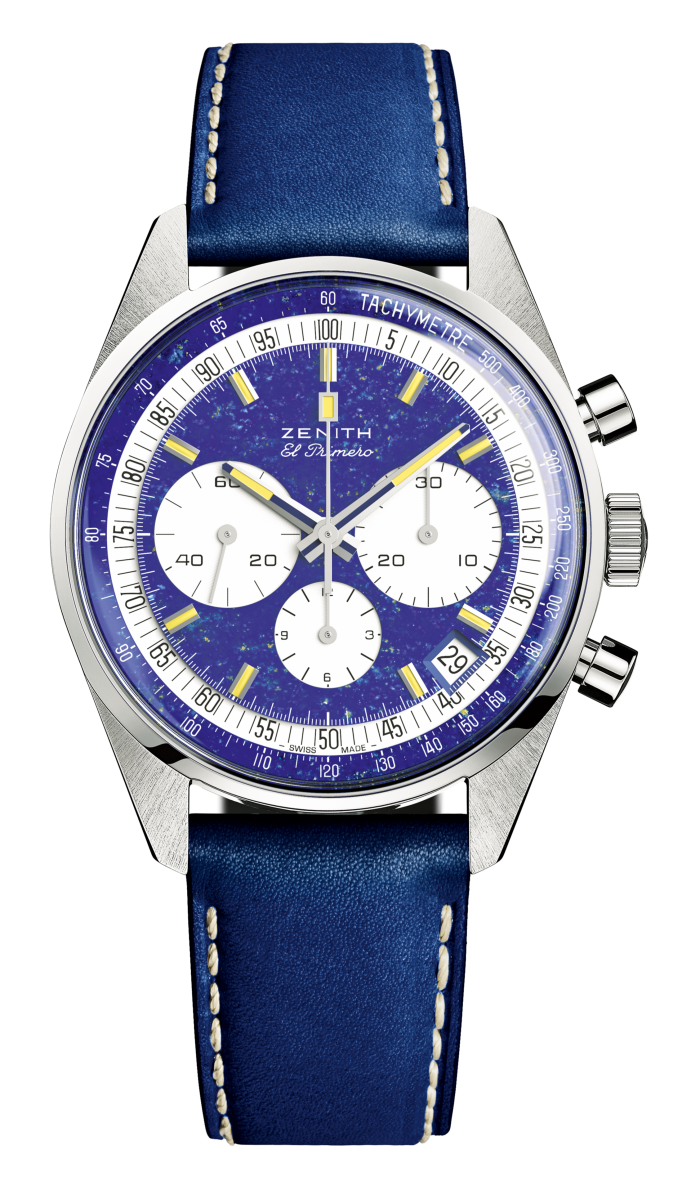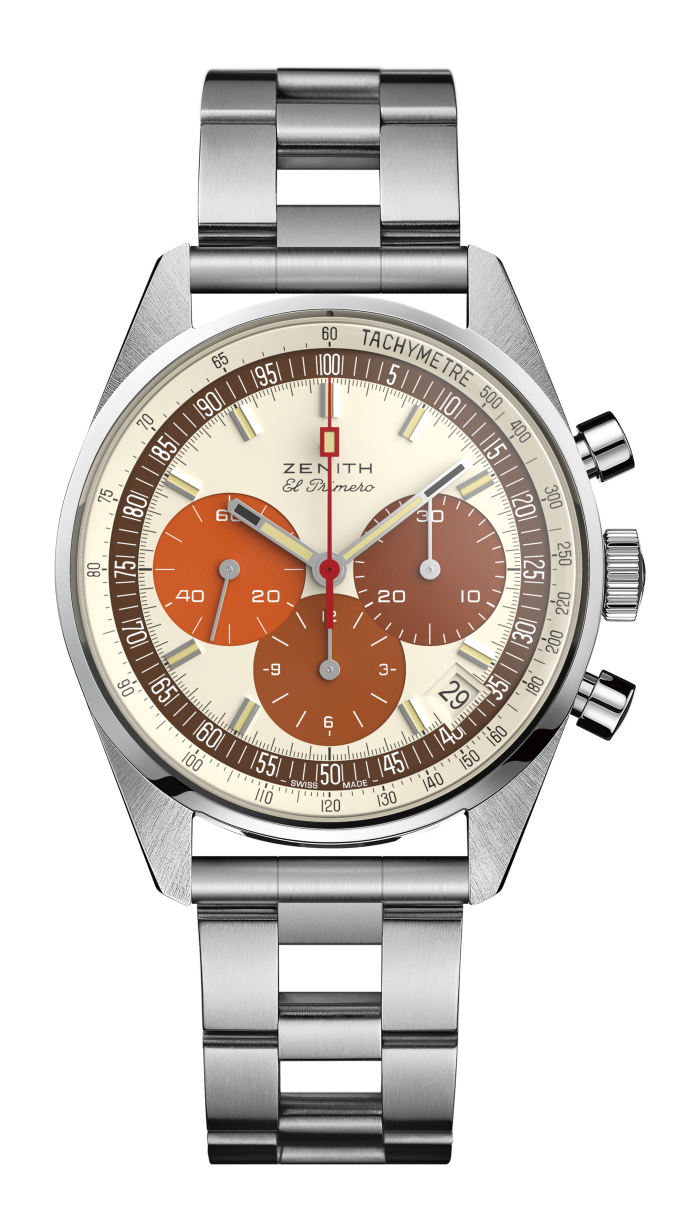A first look at Zenith’s “to die for” new watch collaboration

Roula Khalaf, Editor of the FT, selects her favourite stories in this weekly newsletter.
Every year in watches brings with it a crop of anniversaries in need of celebration, and 2019 has yielded a bumper harvest. It’s half a century since Heuer’s Monaco, the Steve McQueen Le Mans-spec straight-sided sports watch, made its debut; half a century since man landed on the moon wearing an Omega Speedmaster; and half a century since Zenith premiered El Primero, a high-frequency, self-winding integrated column wheel chronograph with calendar. If such a thing exists, then the El Primero is possibly the best-known watch movement beyond industry and collector circles.
To celebrate, Zenith CEO Julien Tornare has invited leading watch auctioneer Aurel Bacs to design two series of commemorative El Primeros to be launched at The Geneva Watch Auction X on November 9-10.
Bacs is rock-star-in-chief of 21st-century watch auction. To see him at the rostrum in the auditorium tent built for Phillips auction house at Geneva’s La Réserve Hotel every spring and autumn is the horological equivalent of seeing Sinatra live in Las Vegas. But being good at selling old watches is one thing. Being approached by a major brand to design a new one is another. Usually, such collaborations conjoin high-profile sports personalities (viz Richard Mille and Rafael Nadal), automotive marques (Hublot and Ferrari), movie franchises (007 has worn Omega since the ’90s) or artists (Warhol worked with Swatch). But Tornare, who describes this pairing as an industry first, believes Bacs understands Zenith like no one else.

Initially, Bacs, along with Alexandre Ghotbi, Phillips head of watches for Europe and the Middle East, was going to design just a single watch in platinum with a lapis lazuli dial, to be auctioned for charity (which will indeed be auctioned at the La Réserve on November 9). But while Bacs was at Zenith’s HQ in the Swiss mountain town of Le Locle, he got carried away with the back-story.
In its day the El Primero was an advanced movement with a frequency of 36,000vph, offering 1/10th of a second precision. Until 1969, chronographs had been hand-wound, then several automatic variants appeared on the market at once. In addition to Zenith’s El Primero, Breitling and Heuer brought out a modular automatic chronograph with the winding crown at nine o’clock, while Seiko issued an integrated column wheel edition. There is still debate over which was first (as its name suggests, the El Primero believes it was) but none about which is last: unlike the other movements, El Primero is still in production.

But as well as being ahead of its time, it was behind the times too. The El Primero was very nearly stillborn. Obsolete almost as soon as it was launched, it was rapidly superseded by accurate, quartz-regulated timepieces from Asia and America. However, an engineer who had worked on the movement’s design defied management instructions to scrap the tooling and hid the components, so that when mechanical watchmaking began to return to fashion in the 1980s, production could be resumed. For about 10 years, Rolex used a detuned El Primero without date for its Daytona Chronograph. So-called El Primero Daytonas have since become sought after by a generation of collectors unborn when the movement made its appearance in 1969.
And it is to 1969 that Bacs has returned, to create not a replica of the past but what is, in effect, an alternative history for this famous model. “We went into this project wanting to design an authentic 1969 El Primero that just never happened to be put into production,” he says. “We went through the archives and picked design details that we particularly appreciated.”

The result is the Zenith x Phillips collection: a total of 69 watches, 49 in steel and 20 in gold, bristling with the sort of period details that whip collectors into a frenzy. The steel watch is a take on the “tropical” time-faded look. It also revives the idiosyncratic “ladder” bracelet. During the late 1960s and early 1970s, there was a vogue for punching holes in almost anything: driving gloves, the spokes of steering wheels, the arms of sunglasses. Usually this trend is reflected horologically in punched leather straps, but here it is expressed in a bracelet in which central links alternate with empty spaces.
Alas, the ladder bracelet will not make an appearance on the gold watch which, with its black and gold dial, is an unmistakable reference to the fabled John Player Special Paul Newman Daytona.
In fact, Bacs began his love affair with the El Primero thinking it was a Daytona. Celebrating his birthday, he spotted a watch-dealer friend wearing what, in the penumbral conditions of a New York nightclub, he took to be a gold Paul Newman Daytona. It was late, drink had been taken, and Bacs wanted to get himself a present. He asked if the watch was for sale and, when he was quoted a 10th of what he expected, asked the friend to pull up his cuff. He saw instantly that it was an El Primero and fell in love with it on the spot. He woke the next day delighted, if a little incredulous, to see the watch on his nightstand.
Given his weakness for a gold El Primero, it’s no surprise to hear Bacs describe the gold model as “to die for”. And, even though I was stone-cold sober when I saw the prototype, I feel compelled to agree.
Comments